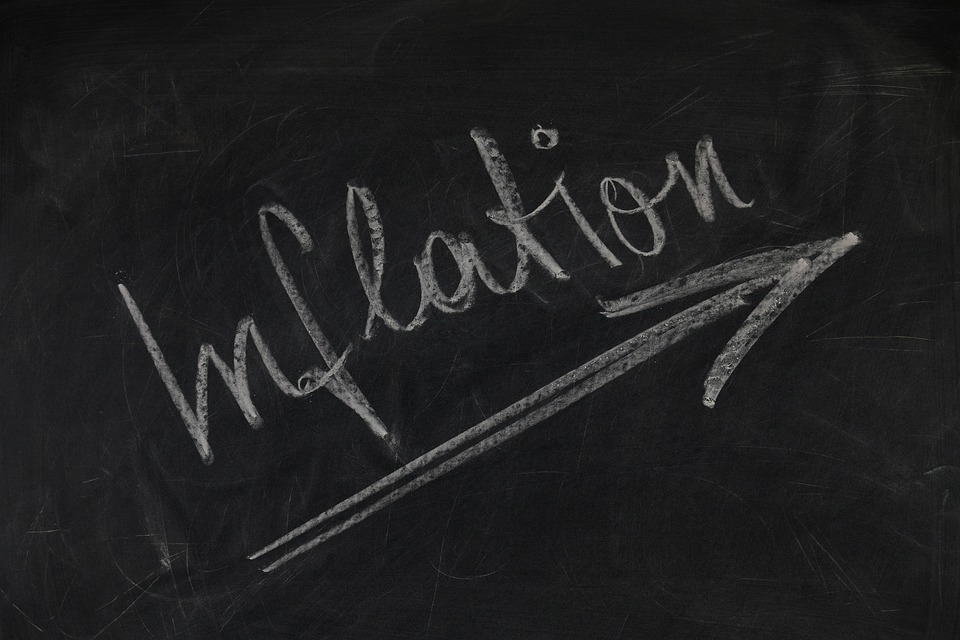Eurozone: Out Of Control Inflation?

In an interview with CNEWS on November 21, Michel-Edouard Leclerc announced that the price increases requested by suppliers from distributors were all in double digits :
- Canned vegetables: +17.74%
- Canned fruit: +20.55%
- Coffee: +10.53%
- Animal products: +41%
- Starchy foods: +10%
- Poultry : +13%
- Paper : +11%
France, which is lagging behind its eurozone partners thanks to its tariff shield, seems to be heading for double-digit inflation in 2023. The eurozone has exceeded 10% on average, and the inflection point has not yet appeared, unlike in the United States, where price increases seem to be stabilizing at 8%, giving hope for a decline. How can this divergence be explained?
These two economic zones are dealing with the current energy crisis in completely different ways: the United States is self-sufficient thanks to the exploitation of gas and shale oil, whereas Europe is highly dependent on foreign countries. Raising interest rates slows the economic machine and, at the cost of a limited recession, the Fed can hope to beat inflation. The ECB faces a more complex situation: raising interest rates risks accentuating a recession without improving anything on the inflation front, which depends essentially on energy prices.
Moreover, in the eurozone, the more energy-dependent a country is, the higher its inflation rate (insofar as it does not put in place an energy shield). In the Baltic countries, which have no nuclear power plants (Lithuania closed its own in 2009), and which have until now been closely linked to Russia and have to find alternative suppliers, inflation is over 20%. At the lower end of the scale, in countries with more diversified supplies and nuclear power plants, inflation is around 10% (Germany, Austria, Spain, France). The exceptions to this "law" are Italy (11.8%, without nuclear power plants) and the Netherlands (14.3%, with nuclear power plants).
This energy dependence condemns Europe to high and lasting inflation, whether in the eurozone or not (the UK and Poland are also suffering, with 11.1% and 17.9% inflation respectively). There are no back-up solutions. Liquefied natural gas (LNG), which is temporarily the savior, is not a solution to compensate for the loss of Russian gas: quantities are limited (no long-term contract available before 2026) and its price is exploding (producers prefer to sell at market price). Let's not even talk about renewable energies, which are intermittent and unable to provide electricity that meets demand. The energy sanctions against Russia, taken in haste, are coming back like a boomerang.
The effect of an ECB rate hike will remain minimal. The influential president of the Bundesbank, Joachim Nagel, may argue "ECB Should Start Shrinking Balance Sheet Next Year", but what will that fundamentally change? Moreover, the ECB has to take into account the debt of the more fragile Southern countries, whereas the Fed only has to worry about federal debt. Higher rates could limit the euro's slide against the dollar (which generates imported inflation, as raw materials must be paid for in dollars), although this effect will be temporary, as permanently higher inflation in Europe compared to the United States will depreciate the European currency. Then, a crisis (public debt in the South, energy shortages, a severe recession, a banking crisis) will be enough for the ECB to lower its rates and start printing money again. Inflation will then get out of control.
More By This Author:
Party Over For Tech, Fed Pivots, De-Dollarization And Precious Metals Stocks
Nasdaq, Cryptos, Silver: Persistent Tensions In Markets
Cryptos And FTX: The Return Of The Bank Run In The 21st Century
Disclosure: GoldBroker.com, all rights reserved.



